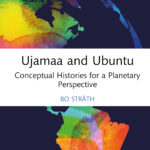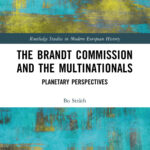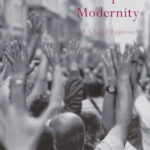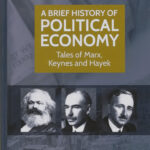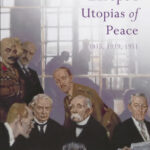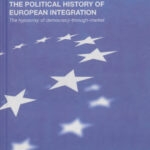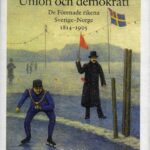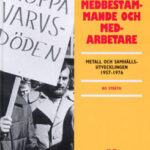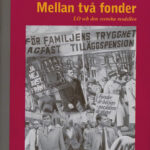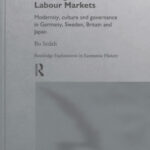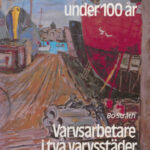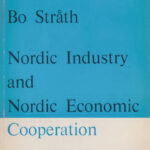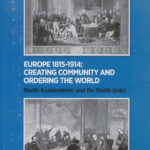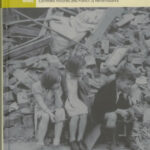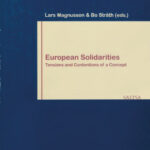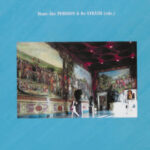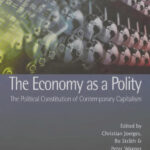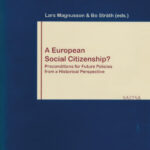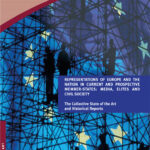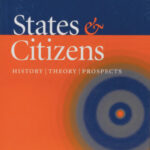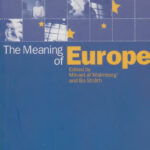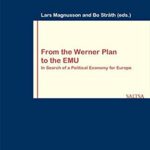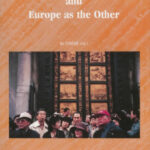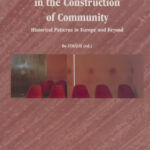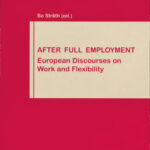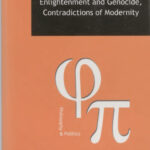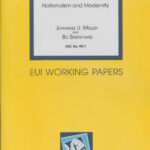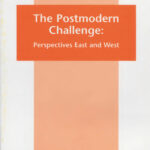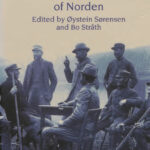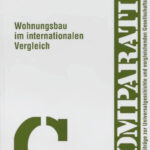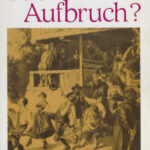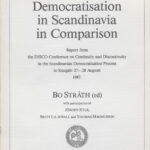StrangerThe Robert Schuman Centre of The European University Institute At border checkpoints, political and military power merge and the state monopoly of violence is made evident to those who intend to pass and those just standing by. There, the territory is demarcated, and this demarcation is enforced; enlightenment ideas of universal freedom and equality are shattered, and there is little rational justification for why the jurisdiction of one state should end and another begin. Why not one or twenty meters to the right or left? Border checkpoints are limits between who is in and who is out; they separate citizens, giving them certain rights and duties, such as to enter, remain, vote, work, or serve in the armed services, from strangers who are compelled to submit to duties and restrictions of the state without an institutional role in its government. Borders also spatially limit states’ power and right to implement policy. Passports and identity cards reify those who belong to a state, and sometimes national, “community of destiny” and deny membership in a community of communities to those who do not possess them. These phenomena, as we are familiar with them today, emerged from the developing system of nation-states in nineteenth-century Europe and were internationally implemented and standardised during and in the aftermath of the First World War. This can be related to a shift in the idea of a justification of power from one based upon the divine right to the people. The idea of democracy, insofar as it signifies that power and the justification of power lie in and emanate from people, required an object that is differentiated significantly from the subject of divine right. People, no longer subjects to a god or gods, become the reason for the state. This “Western” nineteenth-century transformation of the state’s justification, where it took place, generally paralleled the development of industrial capitalism and enlightenment-based plans for the optimum government of people. It can be argued that systems were created partially based on the value of individuals’ services, and this value increased when the individual became a citizen, both as a soldier and a worker. This was at the core of the universally imagined and emergent nationally implemented liberal order. The idea of nation-state demarcation was reinforced during the inter-war crisis of liberalism, a crisis to which the political response was national resource mobilisation. One central precondition of this order changed fundamentally at the end of the twentieth century when industrial societies began transforming into information societies. Labour market organisation was profoundly altered. In the old order, capital investments in factories retained their value over decades and were as easy to control as the workers employed in them. In the new order, capital became more transient and less tied to physical investments. Portfolios replaced machines, and investment ignored borders in a way that the factories never could. The labour force became much less substitutable and more specialised, less homogeneous and hierarchically organised, with growing marginalisation and segmentation in labour markets. Trade unions lost control of the labour supply, and governments lost much of their control of capital. The goal was no longer to control labour supply at the borders in general terms of the old order: easing restrictions when labour was in demand and pursuing a more restrictive policy when unemployment figures swelled. In the new emerging order of flexible labour markets, low-wage, disenfranchised workers are in demand for public or private service jobs to which it is difficult to recruit citizens. High-wage foreign employees are demanded for jobs which require specific competence and where the domestic supply is insufficient. The interest in maintaining control has largely moved from the borders to the new kinds of workplaces. Boundaries have become increasingly penetrable on certain levels despite new and restrictive legislation. Additionally, new issues confront the custodians of the borders and those operating internal controls of labour markets and welfare systems. With the end of the Cold War, political instability and civil war in Africa, Central Asia and former Yugoslavia and commensurate weak economies and shortages of employment coupled with improved access to transport have contributed to increased migration toward peaceful, economically prosperous areas with labour shortages. These presented themselves to the authorities in the form of steeply rising applications for asylum and in undocumented immigrant workers occupying niches in European labour markets at a time when unemployment ironically climbed to postwar highs. In the 1990s EU member states, for example, overhauled their asylum regimes, adopting more deterrent and restrictive and less welfare-orientated systems, as well as tightening external border controls at the periphery of the Union’s “Fortress Europe”. But even these measures are now considered to be inadequate because they do not address crucial aspects of economic globalisation and the international division of labour. The EU is now moving towards a ‘coordinated immigration policy’ that includes a common European asylum system and a framework for managing labour market needs. The increase in immigration flows towards EU countries during the past decade and the social, economic and political issues related to it have attracted the interest of scholars from various disciplines. Despite this growing academic concern and national governments’ (presumed) political will to deal with the issue, illegal immigrants continue defying control measures and border patrols. Simultaneously, integrating legal and/or “regularised” immigrants is given lip service and may be desired on certain levels. This, nevertheless, runs counter to the acceptance of a pluralistic society and can be seen as a new colonisation of the “displaced”. Governments and bureaucracies are disappointed that integration has remained so elusive. The inefficiency of immigration policy in many European countries is, to a certain extent, attributed to the international nature of the phenomenon and the complex and multifaceted “push” and “pull” factors involved in it. Poverty, unemployment and political instability are some of the “push” factors identified. However, “pull” factors are also important. In particular, attention is paid to the role of the informal labour market in providing work opportunities for illegal aliens, especially in southern European countries. Nonetheless, it is worth noting that immigration policy performance varies widely across states. Only in very recent years have researchers begun to investigate the relationship between the administrative practices of immigration control agencies and the strategies adopted by immigrants. The research project IAPASIS (Does Implementation Matter? Informal Administration Practices and Shifting Immigrant Strategies in Germany, Greece, Italy and the UK in Comparison) analyses the emergence of various administrative practices and the degree of discretion when immigration legislation is implemented. The project is particularly interested in the European variety in these respects. The general framework is the changing immigration patterns referred to above. The EURONAT project (Representations of Europe and the Nation in Current and Prospective Member-States: Media, Elites and Civil Society) studies European and national identities and their connections in six EU states and three Central and Eastern European states applying for EU membership. One important element in this project is the role of estimation of future migration flows in the enlargement negotiations. The EURONAT project lies at the crossroads between different research traditions on nations and European integration in political science, sociology, social psychology, cultural studies, history and international relations. The project aims to analyse and compare the intertwining of European and national identity constructions, particularly the role of the Eastern enlargement, focusing on the images, representations, understandings and meanings of Europe as they emerge in media, the discursive universe within which such processes occur. The Stranger project aims, from a global perspective, that these pervasive phenomena appear to demand to confront the excluded. This is one of today’s most relevant and central historical trope, the Other. This Other, as a legal and emotional entity, if not a requirement, source and result of the process that created and maintained the modern national state worldwide, has undergone an exponential inflationary process over the past half-century. This phenomenon appears to have two common characteristics: it has permeated the world as a “real” and/or a medial (and visual) experience, and no one could or can suggest any ready solution. Through a systematic and integrative study by historians, lawyers and social scientists, the project strives to promote inclusive, yet not oppressive, political communities. In the organisational framework of these three research projects, the seminar series attempts to offer a forum for interdisciplinary theoretical and methodological reflection on community construction around key concepts like citizen and foreigner and to actively involve the role of inter- or multimodality in these processes. In normative terms, the aim is to discuss the preconditions of post-ethnic (and post-religious) community foundation and definitions of citizenship and alien status. Programme 11 October, 11.00-13.00 in the Seminar room Convento 18 October, 11.00-13.00 in Sala Europa villa Schifanoia 8 November, 11.00-13.00 in the Seminar room Convento 15 November, 11.00-13.00 in the Seminar room Convento A joint venture with the seminar Collaborative History (Stråth) for a video production is currently scheduled for 11 December. Spring 2002 Thursday, 24 January, Extraordinary Double Seminar, Convento 15.00-19.00 Monday, 25 February, Convento 11.00-13.00 Monday, 11 March, Convento 11.00-13.00 Monday, 18 March Villa Schifanoia, sala Triaria 17.00-19.00 Thursday, 11 April, Convento 14.00-17.00 Monday, 6 May, Villa Schifanoia, sala Belvedere 11.00-13.00 Thursday, 23 May, Sala Belvedere 15.00-17.00 Thursday, 30 May, Villa Schifanoia, sala Belvedere 15.00-17.00
|
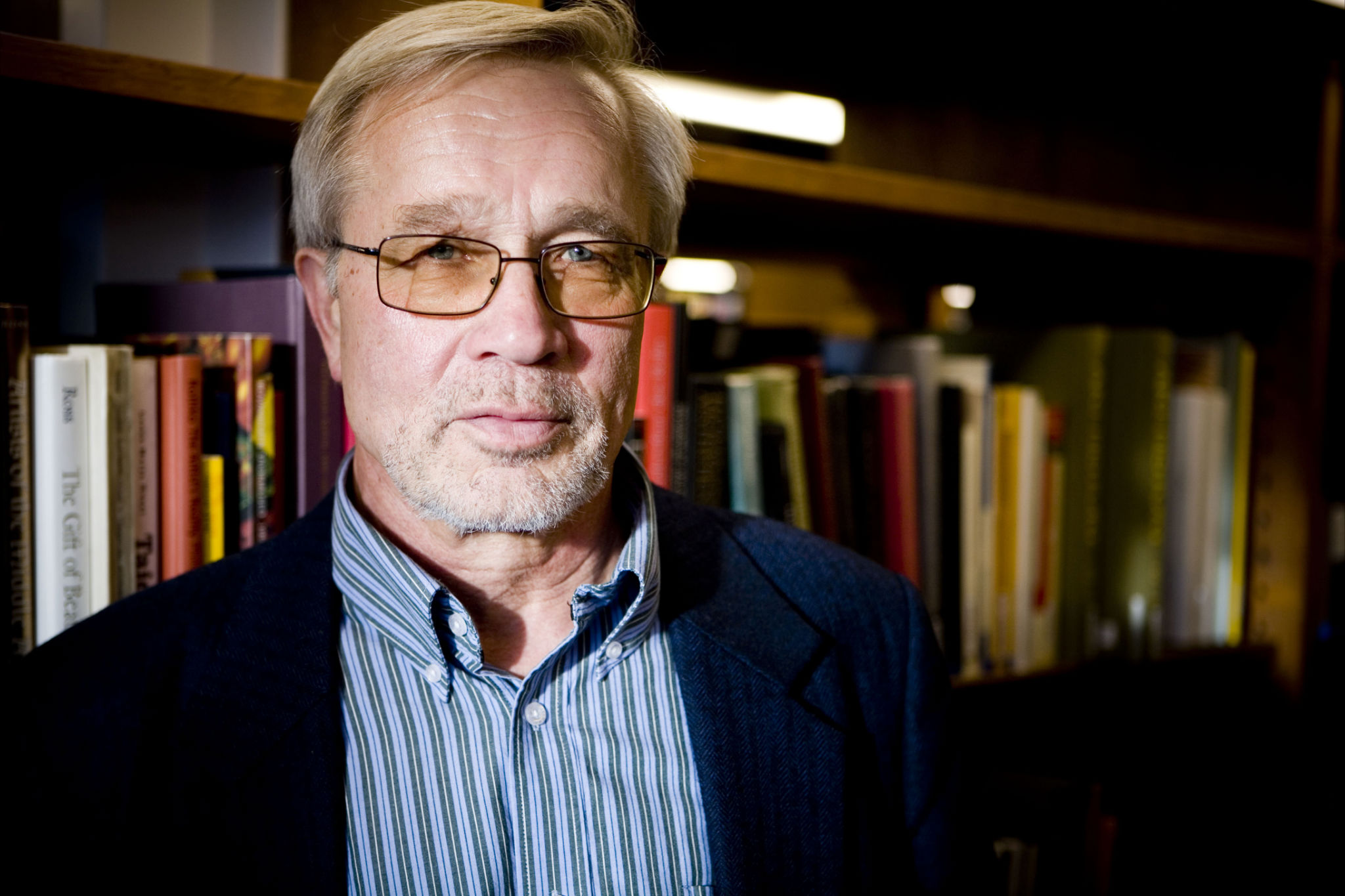
Bo Stråth
Professor
Bo Stråth (Curriculum Vitae) was 2007-2014 Finnish Academy Distinguished Professor in Nordic, European and World History and Director of Research at the Department of World Cultures / Centre of Nordic Studies (CENS), University of Helsinki. 1997-2007 he was Professor of Contemporary History at the European University Institute in Florence, and 1991-1996 Professor in History at the University of Gothenburg. He is a member of The Norwegian Academy of Science and Letters.
